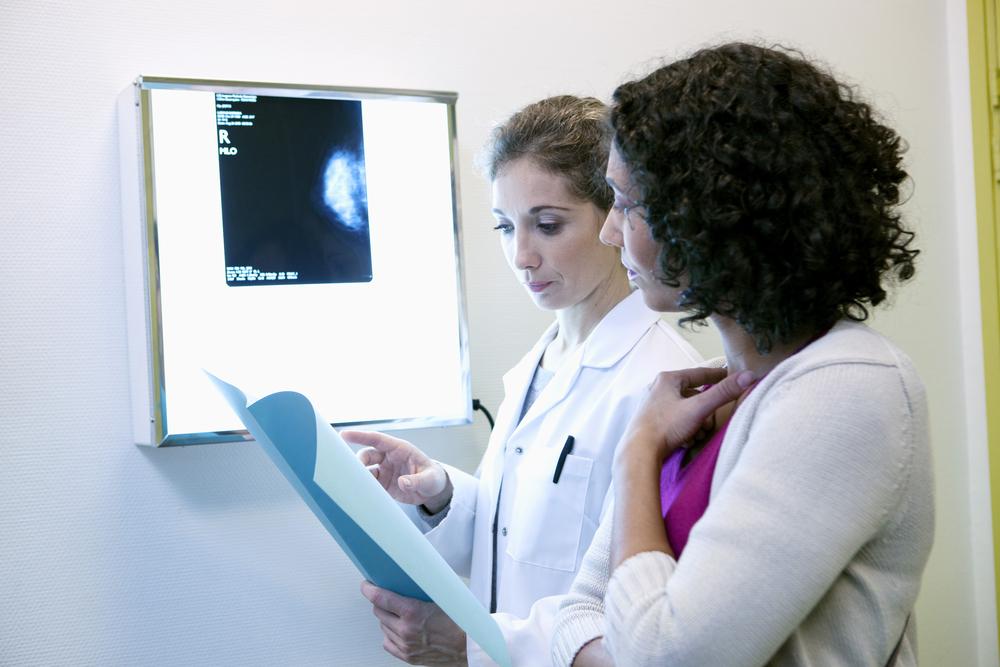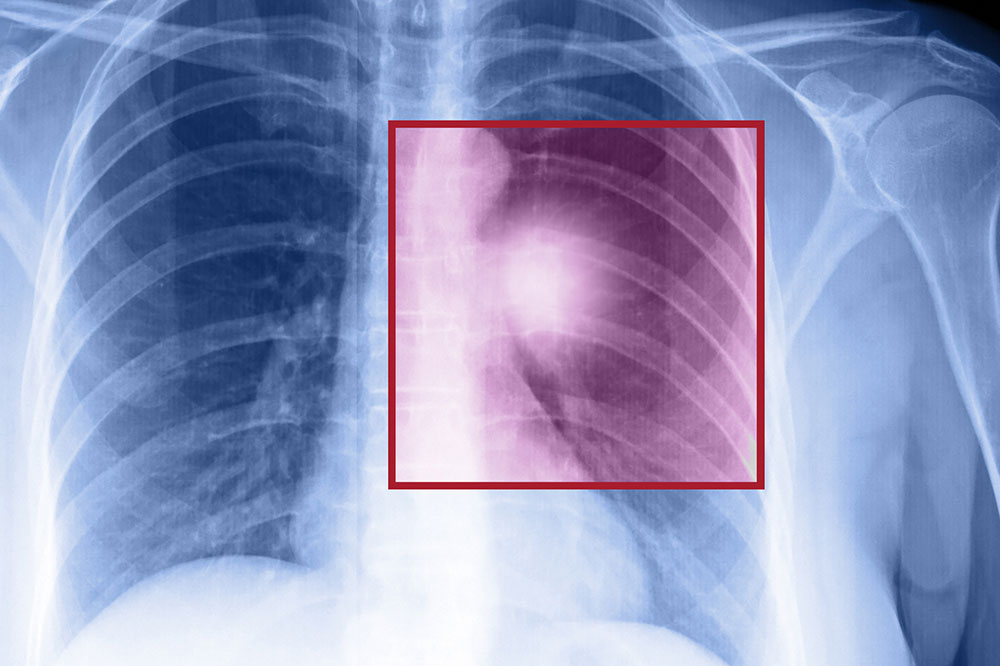Comprehensive Guide to Breast Cancer: Key Risk Factors, Detection, and Survival Outlook
This comprehensive article delves into the critical aspects of breast cancer, including key risk factors like age, genetics, radiation exposure, and obesity. It emphasizes the importance of early detection, screening methods, and how the stage at diagnosis affects prognosis and survival rates. Understanding these elements can empower women to take proactive steps for prevention and early intervention, significantly improving their chances of successful treatment and long-term health.

Comprehensive Guide to Breast Cancer: Key Risk Factors, Detection, and Survival Outlook
Breast cancer remains one of the most common and concerning health issues affecting women worldwide. Its incidence continues to rise, making awareness, early detection, and understanding of risk factors more crucial than ever. This detailed guide explores the significant risk factors associated with breast cancer, how the disease is detected, and what influences prognosis and survival rates. By gaining a thorough understanding of these aspects, women and healthcare providers can work towards better prevention and more effective treatment strategies.
Age: Women over 50 are statistically at a higher risk of developing breast cancer, with risk increasing significantly after menopause. This is largely due to hormonal changes and accumulated genetic mutations over time. Age remains the most significant risk factor, emphasizing the importance of regular screenings for women in this age group.
Genetic Factors: Mutations in certain genes, such as BRCA1 and BRCA2, dramatically increase the likelihood of developing breast cancer. Women with family histories of these genetic mutations are often advised to undergo genetic testing and enhanced surveillance. Carriers may consider preventative measures or early interventions to reduce their risk.
Radiation Exposure: Prior exposure to high doses of radiation, particularly during cancer treatments like Hodgkin’s lymphoma therapy, raises the risk of developing secondary breast cancers. The risk is especially pronounced if radiation therapy was administered before the age of 30, making long-term follow-up essential for survivors.
Obesity: Excess body weight post-menopause contributes to increased estrogen levels, which can stimulate breast tissue and foster tumor growth. Maintaining a healthy weight through diet and exercise can help mitigate this risk, although it doesn't directly impact survival rates once diagnosed.
Early Detection and Prognosis
Detecting breast cancer early significantly improves the chances of successful treatment and long-term survival. Common screening methods include mammograms, ultrasound, and MRI scans, particularly for women over 40 or those with high risk factors. Recognizing symptoms early, such as lumps, skin changes, or nipple abnormalities, enables prompt medical attention.
The prognosis of breast cancer largely depends on the stage at diagnosis. The stages range from 0, indicating non-invasive or in situ cancer, to IV, representing advanced metastatic disease. When caught early (stages 0 and I), the survival rates approach 100%, highlighting the importance of routine screenings and awareness. Conversely, later stages (stage IV) have significantly lower survival rates, approximately 22%, due to the extent of spread and tumor aggressiveness.
Factors influencing prognosis include tumor size, lymph node involvement, hormone receptor status, and the presence of genetic mutations. Advances in targeted therapies, immunotherapy, and personalized treatment plans have improved outcomes in recent years. Nonetheless, early detection remains the most critical factor for favorable prognosis.
To enhance survival rates, women are encouraged to follow medical advice on regular screening schedules, adopt healthy lifestyles, and seek medical attention at the first sign of symptoms. Breast self-examinations can also be a valuable tool in detecting anomalies early enough for effective intervention.





